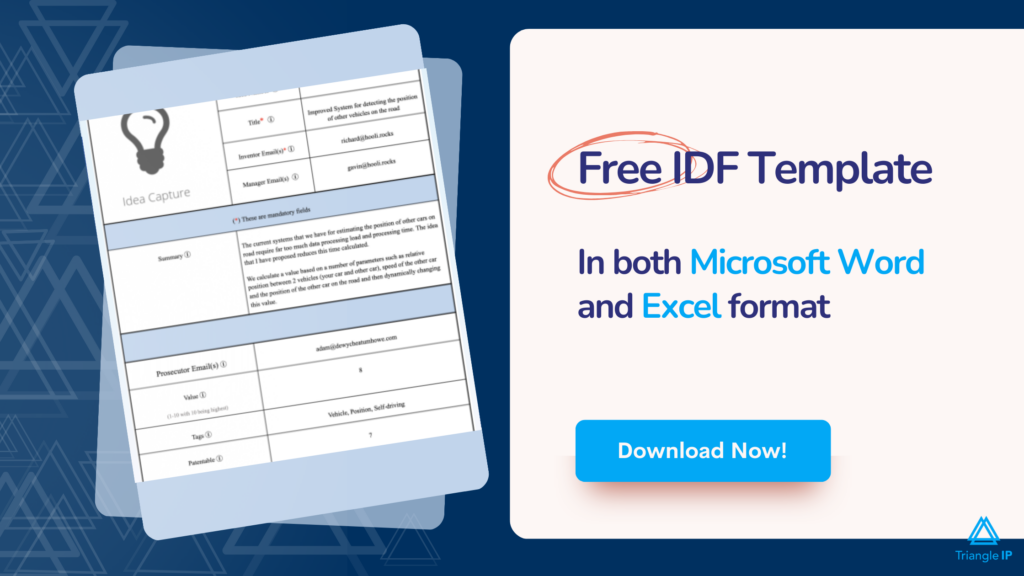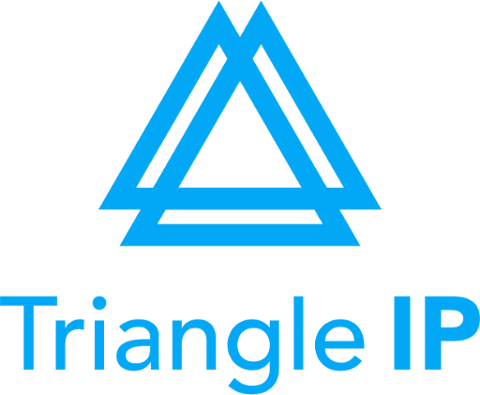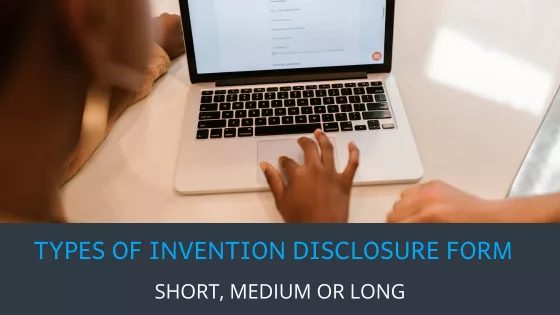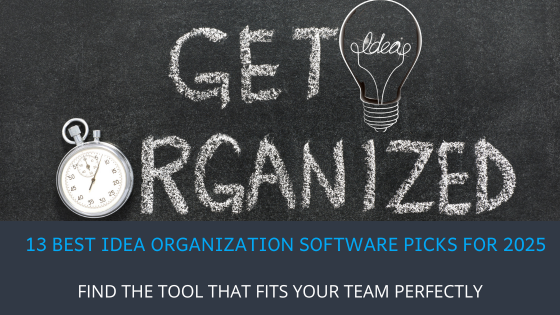Your IDF (Invention Disclosure Form) needs to be as detailed as needed by your organization. Balancing the length and content of the IDF is crucial, and insights into streamlining invention disclosures can help in achieving this balance.
“If the form is too long, your innovators might disengage from the disclosure process. And, if the form is too short, you might not get enough information to evaluate the innovations”
But there is no one-size-fits-all solution either. Some innovators, such as people in academic or research settings, might be comfortable with longer disclosure forms since they can copy-and-paste information from their academic articles. Other innovators, such as those in private industry, might balk at anything longer than one page due to their busy workloads.
To get the right level of detail from your innovators, you need to balance the competing interests of your developers, your business, and your patent counsel. Here are some factors to consider in creating your invention disclosure form.
Details Matter More Than You Think
Your goal in creating an invention disclosure form is to capture everything your innovators have created. This includes leveraging the value of patent mining in idea management to ensure comprehensive coverage. This obviously includes the IP embodied in your products. But it also includes the other inventions, variations, and embodiments that were set to the side.
For an invention disclosure form to have value in patent mining, you need maximum engagement with your disclosure process. This favors an invention disclosure form that requires inventors to provide a minimal level of detail. Such a form will be less time-consuming and less burdensome to your inventors.
On the other hand, the details of the invention will help your management and your patent counsel do their jobs. Without the details about the invention’s marketable and patentable features, your invention disclosures will not provide the necessary information to evaluate whether to patent the invention.
Must Read: The Ultimate Guide to Choosing the Best Invention Disclosure Software
Various Options for Invention Disclosure Forms
Taking these considerations into account, an organization can customize an invention disclosure form to their own needs. These needs could include:
- The volume of invention disclosures
- The personalities of the innovators
- Whether patent counsel is in-house or at an outside firm
- The experience level of the innovators with the patent process
- The experience level of management with the patent process
These needs can be designed to develop an invention disclosure form that performs all the functions described above and meets the needs of the organization. Generally, invention disclosure forms fall into three general categories based on the level of detail requested from the inventors. Choosing a form may be an iterative process with developers providing feedback on what works and what does not work.
Short Invention Disclosure Forms
A short invention disclosure form collects the bare minimum of details from the inventors. One example is provided by Triangle IP. In the default form template provided in the Triangle IP management system, the form has mandatory fields for the title of the invention and the inventor emails and an optional field for a summary of the invention. It also includes fields for use by management, including an idea number, a manager’s email, and scores for evaluating the submission.
This short form will produce maximum engagement from your organization’s innovators. By providing a simple form, the innovators will only need a few minutes out of their busy schedules to prepare and submit the form. If additional details are required later, your management or patent counsel can speak to the inventors.
Short Form As Designed at Triangle IP
Here is how the idea capture form at Triangle IP looks like:
This form includes fields for an internal tracking number, which we informally call an Idea Number. The inventors choose a title that provides a shorthand for stakeholders to refer to the invention. The title should be detailed enough to summarize the purpose of the invention disclosure.
Quick Update: The inventors can upload this offline form back into the TIP Tool to have all their ideas in one place.
The inventors and the manager(s) responsible for reviewing the invention submission include their contact information. This also provides a way to track who submitted the idea and who are the stakeholders of the idea.
The inventors write a summary of the invention. The level of detail in this field will reflect your organization’s philosophy on invention submissions. At a minimum, the summary should provide enough information for a non-inventor to understand the invention and its most significant features.
Management and patent counsel fill in the remainder of the form. The value of the invention is a subjective rating given by management based on the business need for the invention. Tags identify the subjects covered by the invention and provide a way to categorize and search for the invention disclosure.
The prosecutor email provides contact information for the patent attorney responsible for the case. The patentability rating is a rating given by patent counsel based on the distinctions between the invention and the prior art. The filing deadline is assigned based on legal bars to patentability, such as product releases.
Pros:
- Invention disclosure forms that are light on detail have two primary benefits:
- First, a short form minimizes the barriers for inventors to prepare the form.
- The form will not consume much of the innovators’ time or effort to prepare.
- Second, a short form allows management and patent counsel to take a broad view of the invention. That is, reducing the amount of detail will allow management and patent counsel to think about the invention conceptually rather than focusing on a specific embodiment.
Cons:
- A short form that is light on detail will give less information for the commercial and legal reviews. As a result, management and patent counsel might fail to appreciate the essence of the invention when evaluating it.
- Patent drafters will need more time to understand the invention. They will be required to gather details manually. More time equals more money.
- Decision making might not be based on the full picture of the value.
Also read: 7 Surefire Ways to Get More Invention Disclosures
Medium Invention Disclosure Forms
A medium invention disclosure form builds on the short form. It adds some additional information that might help both management and patent counsel evaluate and analyze the invention. Some other relevant information that could assist both includes:
- Problem: A short statement of the problem that the invention solves. An organization may prefer to have a problem statement as a separate field instead of having it in the summary section.
- State of the competition: The closest competing products or product features.
- Alternatives: A description of the variations and alternate embodiments the inventors have conceptualized.
- Public disclosures: Any past or upcoming disclosures that might create a bar to patentability. For example, product releases, presentations, speeches, and marketing material could all be relevant to patentability.
The invention form may also suggest that the inventors attach white papers, diagrams, photographs, or other descriptions of the invention that may provide additional detail.
At Triangle IP, we also facilitate customization of IDF within the TIP tool itself. You can add up to 10 new fields. There is also a functionality to edit, delete, or hide certain fields from the existing form. You can do all this very intuitively and easily from within the TIP tool – an intellectual property management software by Triangle IP.
The major benefit that organizations receive by this customization is seamless adaptation to their internal nomenclature.
Pros:
The form captures high level information necessary for a review without needing to query the innovators for additional detail. Reviewers often need more information to approve the innovation for patent drafting. Such a level of information capture can help reviewers save some project resources.
Cons:
Additional details require more time from the innovators that have other tasks. They often don’t understand what many of these additional fields mean. You can expect to receive many fields not filled up.
Long Invention Disclosure Forms
Long invention disclosures are usually used in academic settings or in research labs. Longer invention disclosure forms provide the organization the ability to track the use of grant money and other resources and monetize the products of those efforts. Since innovators at academic settings and research labs often publish their findings; a long invention disclosure form can usually be filled out using information already prepared for publication.
Long invention disclosure forms might include the following and more:
- Prior art: A discussion about the prior art by the inventors and others. This is often included in academic articles as background.
- Future research efforts: A discussion of how the invention may evolve into other embodiments or other inventions.
- Commercial uses: A discussion about the potential uses for the invention in products and service offerings. The discussion might also touch on potential licensing partners to exploit the invention.
- Resources used: A discussion of the grants or other resources used to develop the invention.
Pros:
A high level of detail provides the greatest volume of information to thoroughly assess the invention.
Cons:
In non-academic settings many innovators may feel intimidated by such long forms. As a result, decreasing the number of overall inventions disclosures received.
Also read: Fields in the Invention Disclosure Form | The Master List
Choosing an Invention Disclosure Form Wisely
Choosing the right invention disclosure form requires careful consideration of your organization’s needs and innovator feedback. Short forms provide a broad overview for management and patent counsel, while medium forms capture more details without overwhelming inventors. Long forms, often used in research settings, can help track development and commercialization efforts.
To help you get started, Triangle IP offers a free, customizable IDF template in Microsoft Word and Excel formats, available even if you’re not a Triangle IP customer. Plus, this offline form can be seamlessly uploaded back into the TIP Tool for better tracking and management.

And if you need more flexibility, Triangle IP allows you to customize your IDF effortlessly. Beyond disclosures, our full suite of IP portfolio management tools helps you track ideas, evaluate innovation, and manage your patent portfolio – all in one place.
Better you sign up for free now and take the first step toward streamlining your invention disclosure process!
Note: The preceding is general business advice and not to be construed as legal advice. IP laws vary by country and retaining licensed legal counsel is advised to confirm this information. Any expressed or implied opinions are of the author and do not necessarily reflect the views of Triangle IP or any other entity who might be associated with the presenter. We hope this content is helpful to you, but should not be relied upon without confirming the advice and accuracy with local legal counsel. Any comments or inquiries are not confidential so please discuss your issues directly with counsel.





